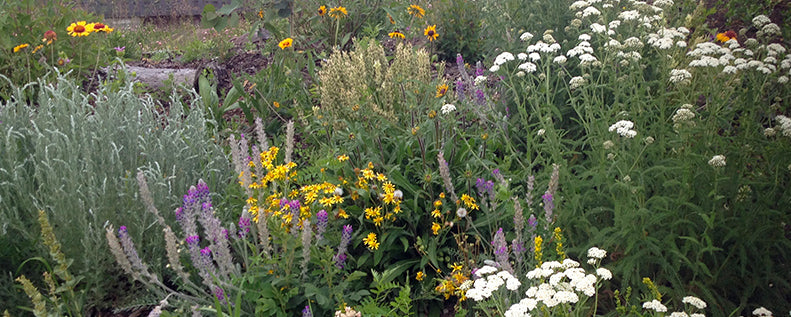
🌱 What Is an Eco-Friendly Yard?
Share
To move toward a more eco-friendly yard, you may first need to rethink your definition of a well-cared-for landscape. Over the last 50+ years, landscaping practices have often prioritized human preferences—especially the desire for a manicured, aesthetically pleasing appearance. But the long-term result of this approach is usually a high-maintenance, chemically dependent landscape.
This kind of yard often relies on:
- Polluting mechanical equipment
- Regular supplemental watering
- Frequent applications of fertilizers and pesticides
The consequences? Polluted air and water, wasted resources, and reduced biodiversity in our communities and ecosystems.
What Does Eco-Friendly Landscaping Really Mean?
Eco-friendly landscaping and gardening are about finding a balance—between our needs, the needs of the environment, and the needs of the many species that share our space. It’s also about working with nature, instead of against it, to create a landscape that can largely sustain itself.
By changing our approach, we can:
- Reduce pollution and chemical use
- Cut back on energy and water consumption
- Lower the time and cost of maintenance
- Support wildlife and local ecosystems
A Shift in Design Philosophy
To truly create an eco-friendly yard, we need to move beyond traditional landscape design—which is often based on human aesthetics—and instead adopt a model rooted in self-sustainability, functionality, and ecology.
By combining the principles of xeriscaping (water-efficient landscaping) with organic gardening practices, you’ll be well on your way to building and maintaining a yard that not only looks beautiful, but also works in harmony with the natural world.
